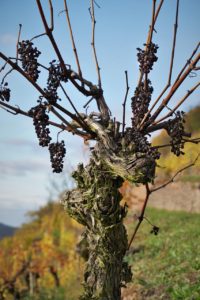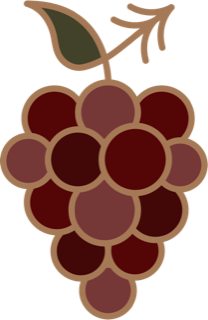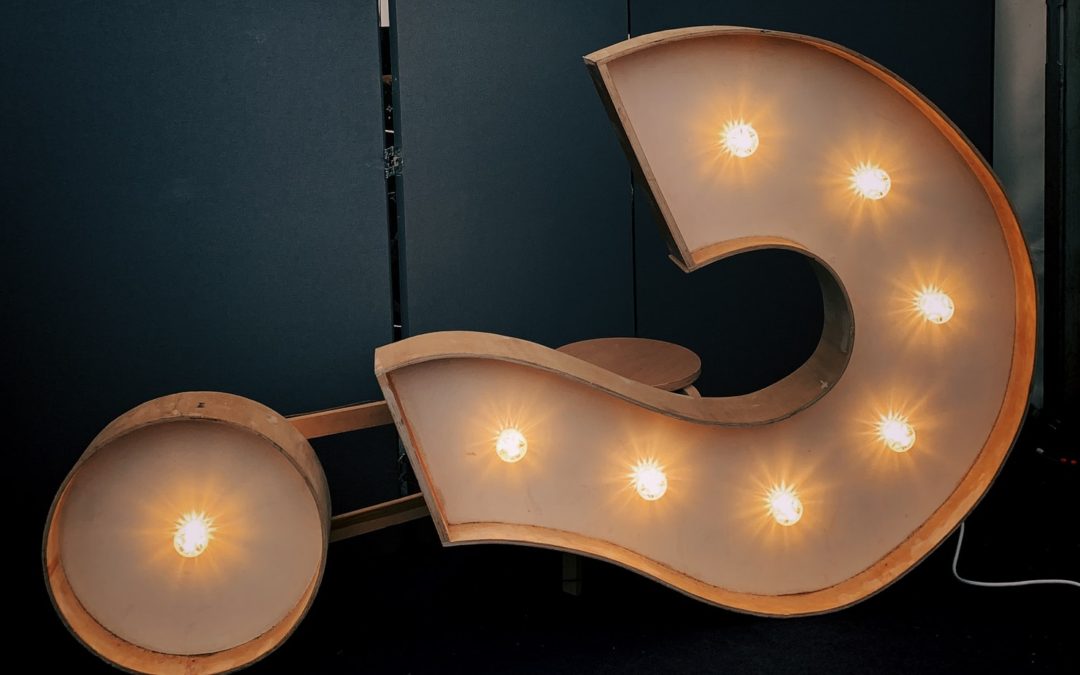About 3 months ago, I did a Part 1 to this discussion on wine. I threw out six questions and gave six answers to some of the most asked queries about wine. In this blog post, I’d like to continue with six more random questions. Some of them are ones that I had questions about at some point in time and others are questions that just have some pretty cool answers. You can use them at your next wine gathering…you’ll be the “smart” one!
Anyway, let’s dive into it…
How long does wine last once the bottle is opened?
When a bottle of wine is opened, it becomes oxygenated. Wine exposed to oxygen begins to change the wine. So, if you aren’t going to drink the entire bottle on the day it’s opened, (and by the way, why wouldn’t you?) then it should be good for 3 to 5 days in the fridge for lighter bodied wines. Some bolder, more heavy bodied wines can stay for 5 to 7 days. Exposing wine to oxygen can cause changes to the taste and smell. Changes typically found are less fruitiness and less vibrant flavor. Color changes also occur over time in an open bottle of wine. Red wines become paler and browner. White wines become darker yellow and browner. If the wine smells or tastes like vinegar, it’s done!

What does “vintage” mean?
When you see the word “vintage” on a wine bottle, it generally means the year that the grapes were grown and harvested. It doesn’t mean old. The vintage shares some clues as to how good the wine is. For instance, a wine made from grapes that were grown and harvested in a year where the climate and weather were “perfect”, affects the quality of the wine produced. Grapes that are picked at full maturity and well ripened tend to be noted as a good vintage year.
What does “old vine” mean?
A wine label that reads “Old Vine” refers to the age of the vines. The age of these vines can be anywhere from 25 years to over 50 years old. Older vines tend to produce grapes that are consistent in texture and flavor profile. They are the same every year. The older vines produce grapes that are smaller and more concentrated. Therefore, the wine produced is more structured. Old vines take care of themselves for the most part. So, there’s not much tending needed. They don’t produce as much fruit but what they do produce is delicious.
In the US you can find some varietals of wine noted as “Old Vine”. The most popular in the US is Zinfandel. Most of the oldest vines in the US are in California. But the oldest grape vine in the US is in North Carolina. It’s known as the Mother Vine and is estimated to be 400 years old!

What are “legs”?
The term “legs” or “tears” are droplets of wine running down the sides of the wine glass. They are caused by alcohol evaporation. The number and length of “legs” on the glass is said to be an indication of how much alcohol or sugar is in the wine. Longer and more numerous “legs” = high alcohol or high sugar content.
Why do we make a “toast”?
“Toasting” has been around for centuries. People would pour wine and drop pieces of spiced toast into the glass. This would temper the wine. The bread would soak up some of the wine’s acidity and make the less than perfect wine drinkable. The action of the “toast” was put into practice to celebrate or honor a person or group. It was a way of offering good luck and celebrate good health and long life. Clinking of the glasses was done to ward off evil spirits in Medieval times but is now a traditional way of showing honor. So, clink, cheers, and toast away…it’s always good to be grateful and celebrate something special.

What is the best way to learn about wine?
Wine education (formal and non-formal) is up to the individual. Formal training includes immersive tasting, studying, testing, certifications, etc. Usually, this type of training is to become a sommelier. If you are a wine enthusiast, you probably want to go the non-formal route. This “education” includes wine tastings at your local wine shop, reading about wine, watching videos, going to wine related events such as wine festivals, taking wine classes, and visiting wine tasting rooms. The wine industry is open to new oenophiles (wine lover) and they are happy to share their knowledge. You can experience everything wine by just taking the time to learn and to taste.
So, those are six more random questions about wine. Do you have others? Let me know in the comments.
Cheers!

